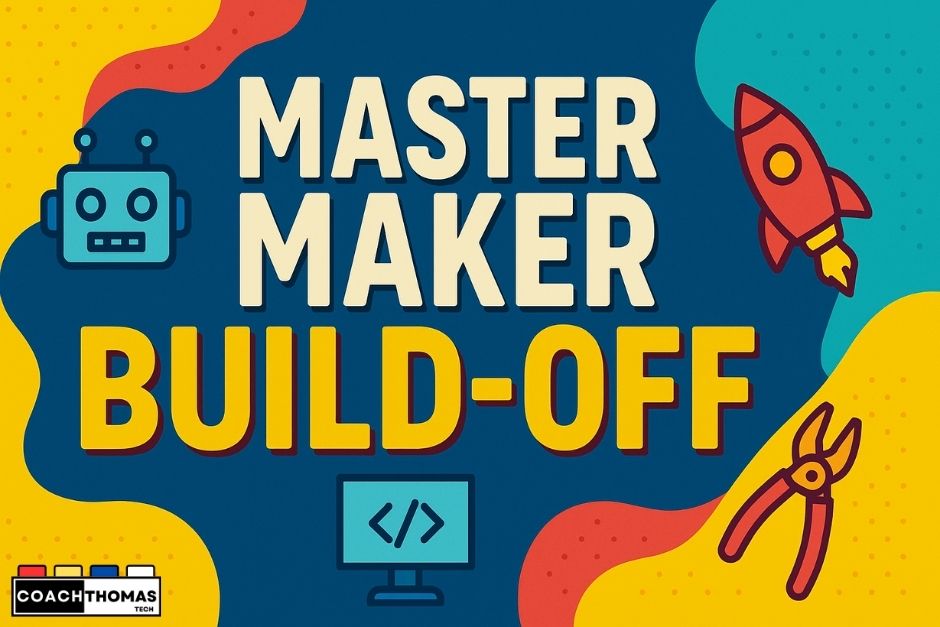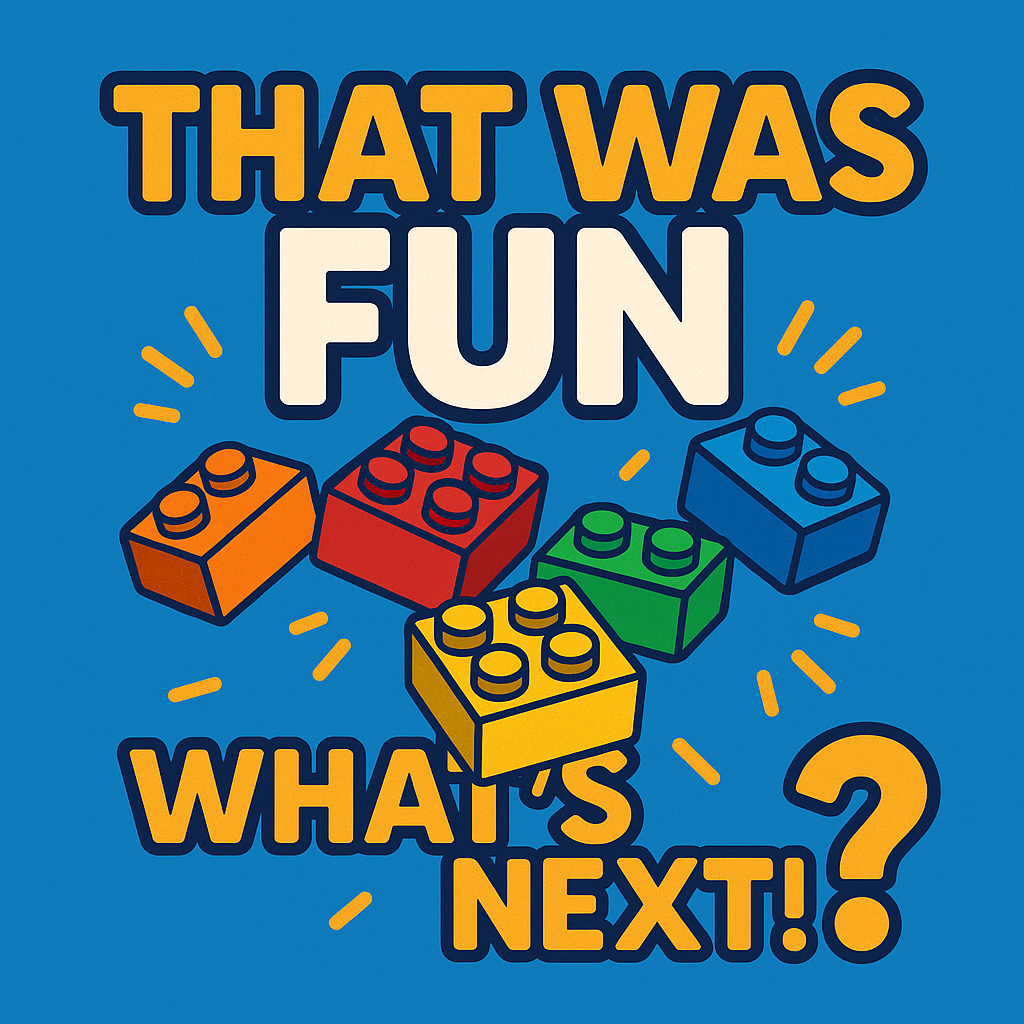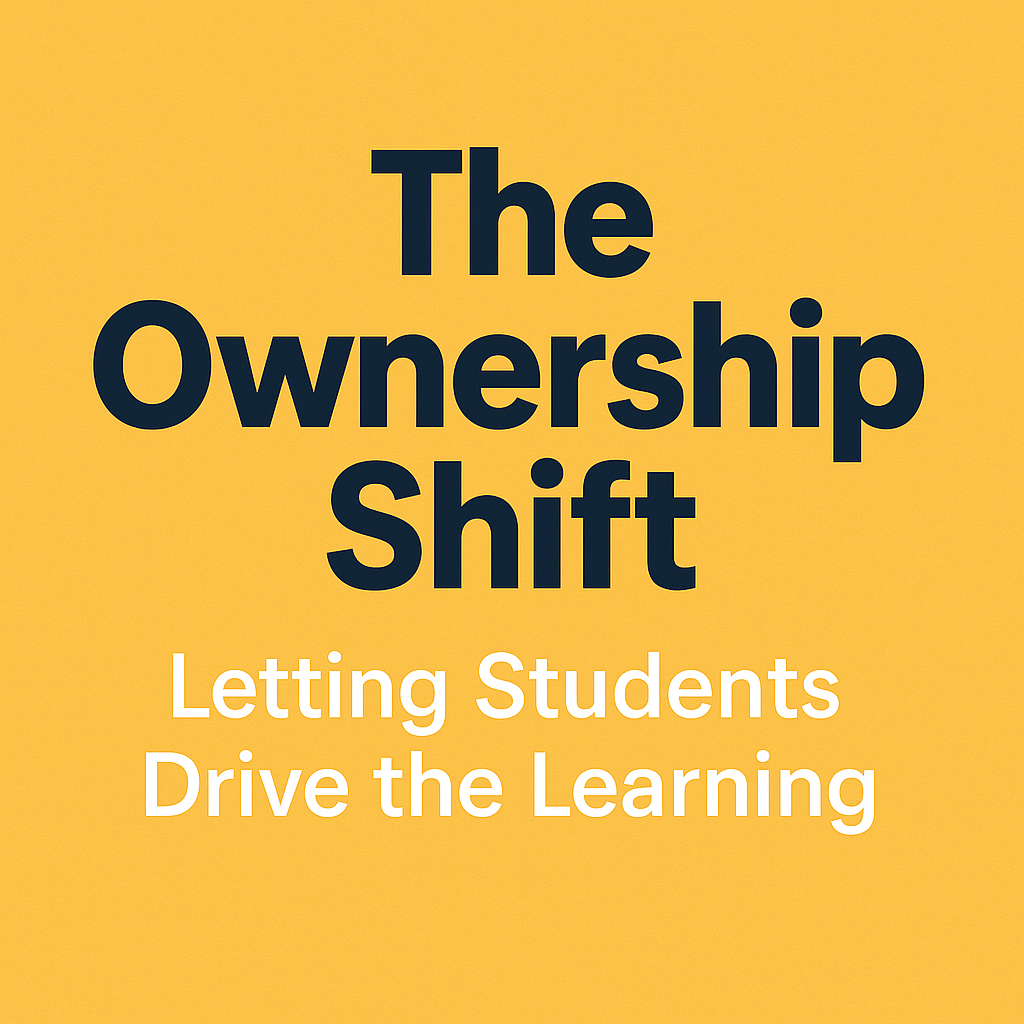Imagine a classroom where students aren’t just absorbing information but actively participating in their learning journey. Picture a learning environment buzzing with the excitement of discovery, where traditional subjects seamlessly intertwine with real-world applications, and where creativity and critical thinking are the norms, not the exceptions. As educators, we are tasked with preparing students for a future that is rapidly evolving, driven by technological advancements and global challenges. The question is: Are our current teaching methods equipped to meet these demands? It’s time to revolutionize our classrooms with a retooled teaching plan that not only engages students but also prepares them for the dynamic world ahead.
Understanding the Need for Retooling
The educational landscape has significantly evolved over the past few decades. Traditional teaching methods that rely heavily on rote memorization and passive learning are no longer sufficient to prepare students for the complexities of the modern world. Today, we need teaching strategies that foster critical thinking, creativity, collaboration, and problem-solving skills.
Changing Educational Needs: The rapid advancement of technology has changed how we live, work, and learn. Today’s students need to be adept at using technology, working in teams, and thinking critically about the information they encounter. According to a report by the World Economic Forum, by 2025, over half of all employees will need significant reskilling and upskilling due to technological advancements. This underscores the importance of equipping students with skills that are relevant to the future job market.
Benefits of Retooling: Retooling your teaching plan can lead to numerous benefits, including increased student engagement, improved learning outcomes, and better preparedness for future careers. By integrating innovative teaching strategies, educators can create a more dynamic and effective learning environment that caters to the diverse needs of their students.
Assessing Your Current Teaching Plan
Before you can retool your teaching plan, it’s essential to understand where you currently stand. This process involves evaluating your current teaching methods, gathering feedback from students, and analyzing your existing curriculum.
Self-Evaluation: Start by reflecting on your teaching practices. Ask yourself questions like: What methods do I currently use? How effective are they? Where do my students struggle the most? This introspection can help you identify areas that need improvement.
Student Feedback: Gathering feedback from students is crucial. Their insights can provide valuable information about what works and what doesn’t in your classroom. Conduct surveys or hold informal discussions to understand their learning experiences and needs better.
Curriculum Analysis: Take a close look at your existing curriculum. Identify any gaps or areas where you can integrate new teaching strategies. Look for opportunities to incorporate interdisciplinary approaches, technology, and hands-on learning experiences.
Incorporating Innovative Teaching Strategies
Integrating STEM and PBL:
Explanation: STEM (Science, Technology, Engineering, Mathematics) and Project-Based Learning (PBL) are powerful approaches that encourage students to explore, experiment, and engage deeply with content.
Examples: Implementing STEM projects can be as simple as having students build simple machines in a physics class or conduct chemistry experiments. For PBL, consider projects like designing a sustainable city or creating a marketing plan for a fictional product.
Resources: Utilize resources such as PBLWorks and Edutopia’s STEM resources for project ideas and lesson plans.
Embracing Play-Based Learning:
Explanation: Play-based learning is essential for fostering creativity and problem-solving skills. It allows students to explore concepts in a fun and engaging way.
Examples: Incorporate activities like role-playing, educational games, and maker spaces. These activities can help students develop critical thinking and collaboration skills while having fun.
Resources: Check out Playworks and The LEGO Foundation for ideas and resources on integrating play into your classroom.
Utilizing Technology in the Classroom:
Tools: Leverage educational technology tools such as coding platforms (e.g., Scratch, Code.org), robotics kits (e.g., LEGO Mindstorms, VEX Robotics), and simulation software (e.g., PhET Interactive Simulations) to make learning interactive and fun.
Activities: Integrate tech-based activities like programming simple games, building robots, or using simulations to visualize scientific concepts. These tools help students grasp complex ideas more easily.
Resources: Platforms like Scratch, Kahoot!, and PhET Interactive Simulations provide a wealth of interactive learning opportunities.
Designing Cross-Curricular Connections
Integration: Combining different subjects into interdisciplinary projects helps create a holistic learning experience. This approach shows students how various fields of study can work together to solve real-world problems.
Projects: Examples include designing and building a model of a historical landmark, blending history, engineering, and art, or developing a marketing plan for a product, integrating economics, language arts, and design.
Implementation: Encourage collaboration among teachers to design and implement interdisciplinary lessons. Use team-teaching strategies and share resources to create cohesive and engaging learning experiences.
Creating Real-World Problem-Solving Projects
Problem-Based Learning (PBL):
Explanation: PBL involves students working on real-world problems, which makes learning relevant and engaging. This method helps students develop critical thinking, problem-solving, and collaboration skills.
Examples: Consider projects like developing a plan to reduce water usage in the school, creating a campaign to raise awareness about a social issue, or designing a sustainable energy solution for the community.
Guidelines: Provide clear instructions and expectations for PBL projects. Encourage students to research, collaborate, and present their findings. Use rubrics to assess their work and provide constructive feedback.
Encouraging Hands-On Learning and Maker Spaces
Benefits: Hands-on learning engages students by allowing them to explore concepts through practical experience. This approach helps students understand abstract ideas and develop problem-solving skills.
Activities: Suggest hands-on activities such as building structures, conducting experiments, or participating in maker spaces. These activities encourage creativity and critical thinking.
Maker Spaces: Create a maker space in your classroom with various tools and materials like 3D printers, robotics kits, and craft supplies. Maker spaces provide students with opportunities to build, design, and innovate, fostering a growth mindset and real-world problem-solving skills.
Overcoming Challenges in Retooling
Resource Constraints: Limited resources can be a significant barrier to retooling your teaching plan. Seek funding and support from organizations and grants dedicated to promoting play and experiential learning. Websites like DonorsChoose and Grants.gov offer opportunities to secure funding for play-based learning projects.
Teacher Training: Professional development and training are crucial for equipping educators with the skills and confidence to integrate new teaching strategies. Participate in workshops, online courses, and professional learning communities to stay updated on the latest educational trends. Organizations like Edutopia provide valuable resources and training opportunities.
Collaborating with Colleagues and Community: Collaboration is key to successfully integrating innovative teaching strategies. Work with colleagues to share ideas, resources, and best practices. Involve parents and the community in play-based initiatives to create a supportive network that values and promotes the importance of play in education.
Conclusion
Incorporating innovative teaching strategies into your classroom is not just about making learning fun; it’s about creating a dynamic and effective learning environment that fosters creativity, critical thinking, and social skills. By embracing STEM, PBL, play-based learning, and technology, educators can revolutionize their teaching and offer students invaluable skills that go beyond the classroom.
Call to Action
As educators, let’s commit to integrating more innovative teaching strategies into our classrooms. Start by implementing small, playful activities and gradually build towards more comprehensive play-based learning strategies. Share your experiences and ideas with your peers, and continue to seek out resources and professional development opportunities.
Join the conversation on social media using the hashtag #RetoolYourTeaching. Share your stories, post your questions, or offer tips to your fellow educators. Let’s create a community where we can all learn from each other and keep pushing the boundaries of what educational excellence looks like.
For more resources and ideas on retooling your teaching plan, visit PBLWorks, Edutopia, and The LEGO Foundation.
Let’s make learning playful and transformative!



